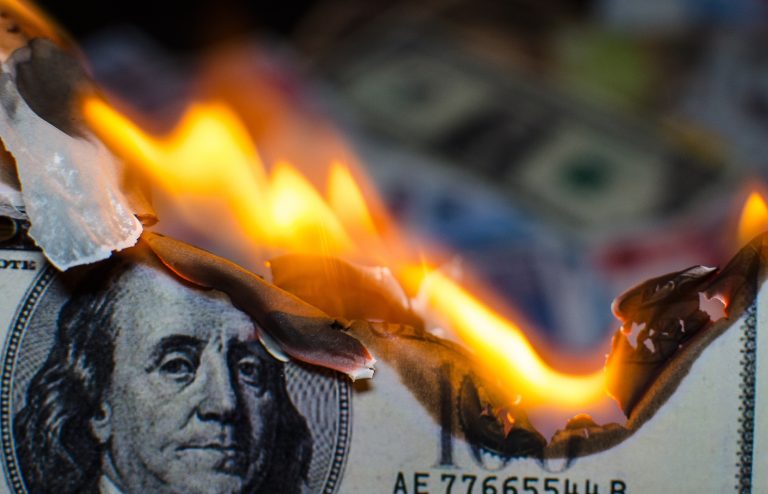
Bond traders, big and small, and institutional fixed-income asset managers have been waging war against inflation, rising rates, and each other since the beginning of 2021. Unfortunately, the battlefield they’re fighting over, the direction of interest rates, is about to get bloodied in the worst way.
Rates, with the yield on the U.S. 10-year Treasury note as a benchmark, are about to breakout from subdued levels, handing bond bears and vigilantes their victory, while negatively impacting valuation metrics on everything from tech stocks to commercial real estate.
The opening skirmish in the yearlong tug-of-war over interest rates, from the first trading day in January 2021 to March 31, 2021, was won handily by the bears. Robust economic growth, with a tailwind from a heady fourth quarter, drove oil prices higher along with inflation expectations through the first quarter.
The natural reaction function of traders and hedgers, to likely rising rates, was to short bonds. Of course, in the absence of countervailing bond buying, heavy shorting proved the self-fulfilling prophecy that rates had to rise, as the yield on the 10-year note rose from 0.98% to 1.745% in three months.
What happened next was surprising, to say the least. Call it a sign of the times, like the Redditt crowd ganging up on professional short sellers, creating meme stock madness. Traders, and yes, I’m including “retail” traders, recognized the bond shorting frenzy and decided to squeeze leveraged pros, speculators, and hedgers who’d just driven the yield on the benchmark Treasury 77% higher.
With a cacophony of rallying narratives, including “rising rates will kill economic growth,” the inflation we’re seeing is “transitory,” spreading delta variant could overrun vaccination efforts, buyers of bonds believing rates had risen too far too fast, wholly aided and abetted by those greedy short sellers and wrong-way hedgers, went on the offensive. And, yes, they were fully intent on squeezing the hundreds of millions of dollars of short bond positions they knew were vulnerable.
It worked. Round two went to short-squeezing bond bulls. The 10-year yield fell from 1.75% at the end of March to 1.19% on July 19, 2021.
The rest of the summer was quiet, if not a little bumpy. Then, in September, with increasing signs of supply-chain snafus, taper talk, new Fed dot plots, and inflationary expectations rising with rising CPI and PCE prints, bears started shorting again. And again, bond bulls, this time believing the Fed would be stymied in their tapering efforts and wouldn’t even consider raising rates as economic growth looked to be cooling with a measly Q3 2% GDP print, fought back.
On the surface the changing and often at odds narratives look like they’re pushing and pulling rates down and up, but it’s really been mechanical trading, bear positioning vs bull counter-positioning and squeezing shorts, determined to keep reapplying their bets, that’s driving rate movements.
The latest skirmish between the two sides ended last week. Throughout October, bond bears leveraged themselves to higher rates again. Net exposure of CTAs (Commodity Trading Advisors whose interest rate bets are measured by open interest in futures contracts, tallied by the CFTC) rose $140 billion to the highest short positioning in a decade. Bulls saw that and squeezed them again, that’s what drove rates down from 1.68% at the end of October to 1.44% in early November.
It won’t last much longer. The writing is on the wall and it all spells higher rates. From rising CPI measures, to poor Treasury auction results, to a determined Fed bent on maintaining its inflation fighting credibility, rates are about to start rising. And this time the bears are mostly flat, they aren’t exposed to short squeezes which drives rates back lower. They got sidelined in the last rout.
If the yield on the 10-year breaks out above its “resistance” at 1.75%, bulls will throw in their towels, marauding bears, hedgers, retail bettors will all lean into what will become a momentum trade, tanking bonds and watching rates rise.
Tech stock investors should be worried. And so should undercapitalized commercial real estate investors, because capital is going to cost a lot more in 2022.
You’ve been warned.
— Shah —
Shah Gilani is a retired hedge fund manager, former head of the futures and options division at Lloyds Bank, and regular guest on Fox Business News.
He can be followed at totalwealthresearch.com.




